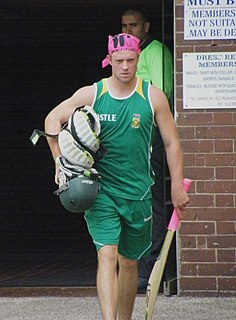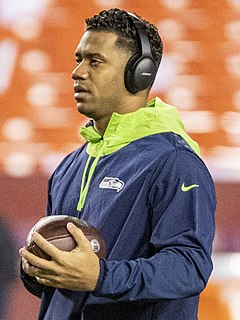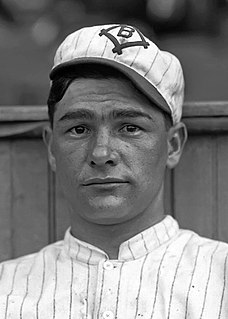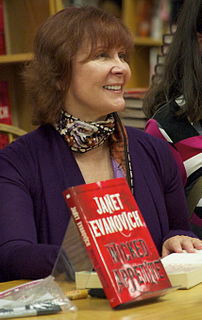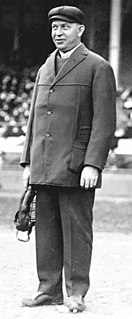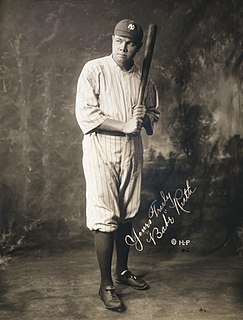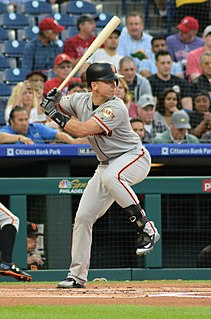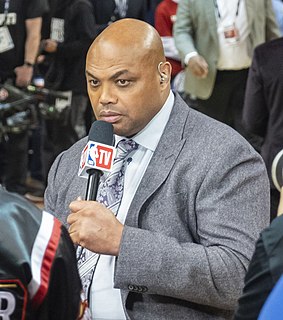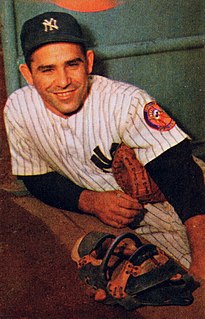A Quote by Lance Berkman
Related Quotes
I struck out with two men on base. I was so angry, so frustrated, I turned and without even thinking about it, snapped my bat over my thigh. The bat split right in half. Afterward, reporters asked me if it was the first time I'd ever broken a bat over my thigh. "I broke an aluminum bat over my knee in college," I said. (I was just kidding).
When the ball is over the middle of the plate, the batter is hitting it with the sweet part of the bat. When it's inside, he's hitting it with the part of the bat from the handle to the trademark. When it's outside, he's hitting it with the end of the bat. You've got to keep the ball away from the sweet part of the bat. To do that, the pitcher has to move the hitter off the plate.



